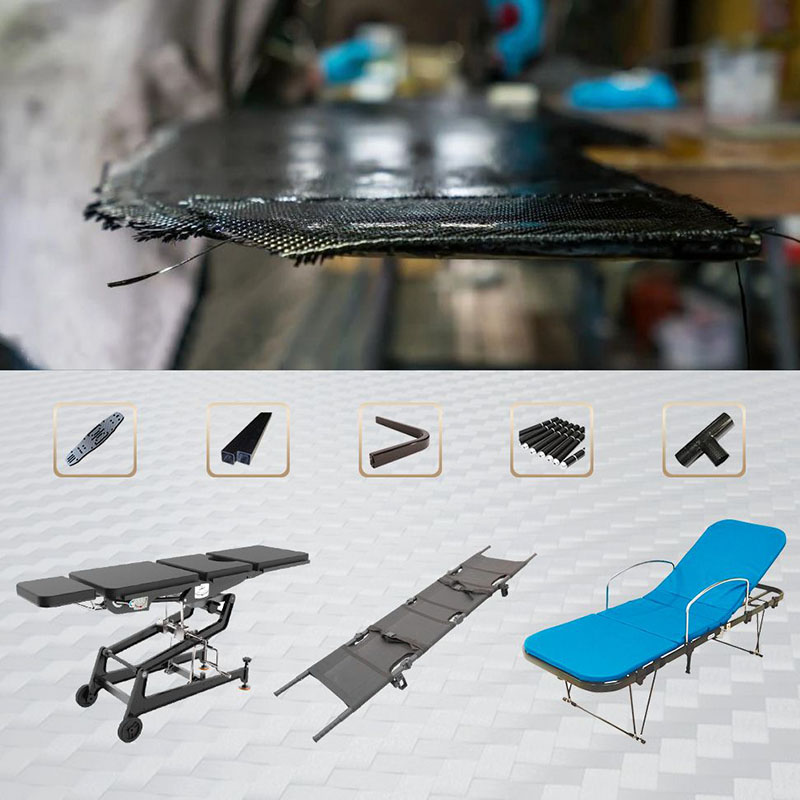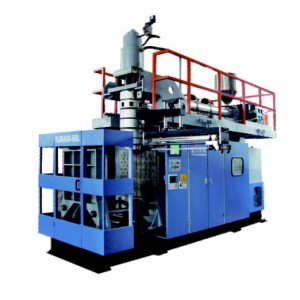Carbon Fiber Composites Processing Guide
Carbon Fiber Composites: Processing Guide
As a full-service company, we can help you with all aspects of product development, design, manufacturing, tooling, and R&D.
The purpose of this design guide is to provide general information and specifications on carbon fiber composite materials and some guidelines for designing lightweight high- performance products with carbon fiber composites.
Why Carbon Fiber
Carbon fiber composites have exceptional mechanical properties compared to homogenous metals and plastics. The material is strong, stiff, and lightweight. These composites are the material of choice for applications where lightweight & superior performance is paramount, such as components for spacecraft, fighter aircraft, and race cars.
What is Carbon Fiber Composites
Composite materials are made by combining reinforcement (fiber) with matrix (resin), and this combination of the fiber and matrix provides characteristics superior to either of the materials alone. In a composite material, the fiber carries a majority of the load and is the major contributor in the material properties. The resin helps to transfer load between fibers, prevents the fibers from buckling, and binds the materials together.
Carbon fiber is a popular material for medical equipment due to its lightweight, high strength, and biocompatibility. It is commonly used in applications such as prosthetics, orthotics, braces, surgical instruments, and imaging equipment. The use of carbon fiber can improve patient comfort and mobility, as well as enhance the precision and effectiveness of medical procedures.
How much it cost?
Historically, carbon fiber composites have been very expensive, which has limited its use to only special applications. However, over the past seventeen years, as consumption has increased and automation in manufacturing processes has increased, the price of carbon fiber composites has declined. The combined effect has brought down the overall cost of high-end aluminum products. Today, carbon fiber composites are economically viable in many applications such as sporting goods, performance boats, performance vehicles, and high-performance industrial machinery.
Applications
Composite materials are extremely versatile. The engineer can choose from a wide variety of fibers and resins to obtain the desired material properties. Also, the material thickness and fiber orientations can be optimized for each application.
The advantages of carbon fiber composites are:
1.High specific stiffness (stiffness divided by density)
2.High specific strength (strength divided by density)
3.Extremely low coefficient of thermal expansion (CTE)
4.X-ray transparent (due to its low molecular weight)
In what applications are carbon fiber composites used?
The unique positioning of the carbon fiber composites with high specific strength, stiffness, and low CTE provides them a unique place in many application areas as shown in the table below:

Typical applications for carbon fiber composites
Design Information
Carbon Fiber composites are considered "designer’s material" because the parts can be tailored to have strength and or stiffness in the directions and locations that are necessary. This is achieved by strategically placing materials and orienting fiber direction to best suit the requirements. Also, the design and manufacturing flexibility that carbon fiber composites offer provides opportunities to optimize design, such as consolidate and incorporating many features in-situ, to further reduce the total part price.
Tooling
Molds are used to define the shape of the composite parts. The composite part will pick up all shapes and features of the molds; therefore, the quality of the domain is heavily influenced by the quality of the mold. The molds can be either male or female. The female molds are the most common, producing a part with a smooth exterior surface, while a male mold will have a smooth interior surface. A matched mold (male and female) is required if the part is consolidated using a press.

Two-part tooling is commonly called a "clamshell."
The molds can be made with composite materials, metal-filled epoxy, or machined from aluminum or steel. The mold and materials used depend on the type of part and the production quantity.
Manufacturing Process
Advanced carbon fiber production is usually carried out using the pre-impregnated carbon fiber with thermoset resins. The two key methods used are:
1. Hand layup
The hand layup of pre-impregnated woven materials is still a large part of the composite manufacturing industry, requiring the skills and experience of a human workforce to form flat plies into complex shapes. It is capable of producing high- performance and complex parts but can be an expensive and highly variable process.
2. Automated Fiber Placement (AFP)
The main things to consider are the width of the fiber you are using and the compaction roller radius.





